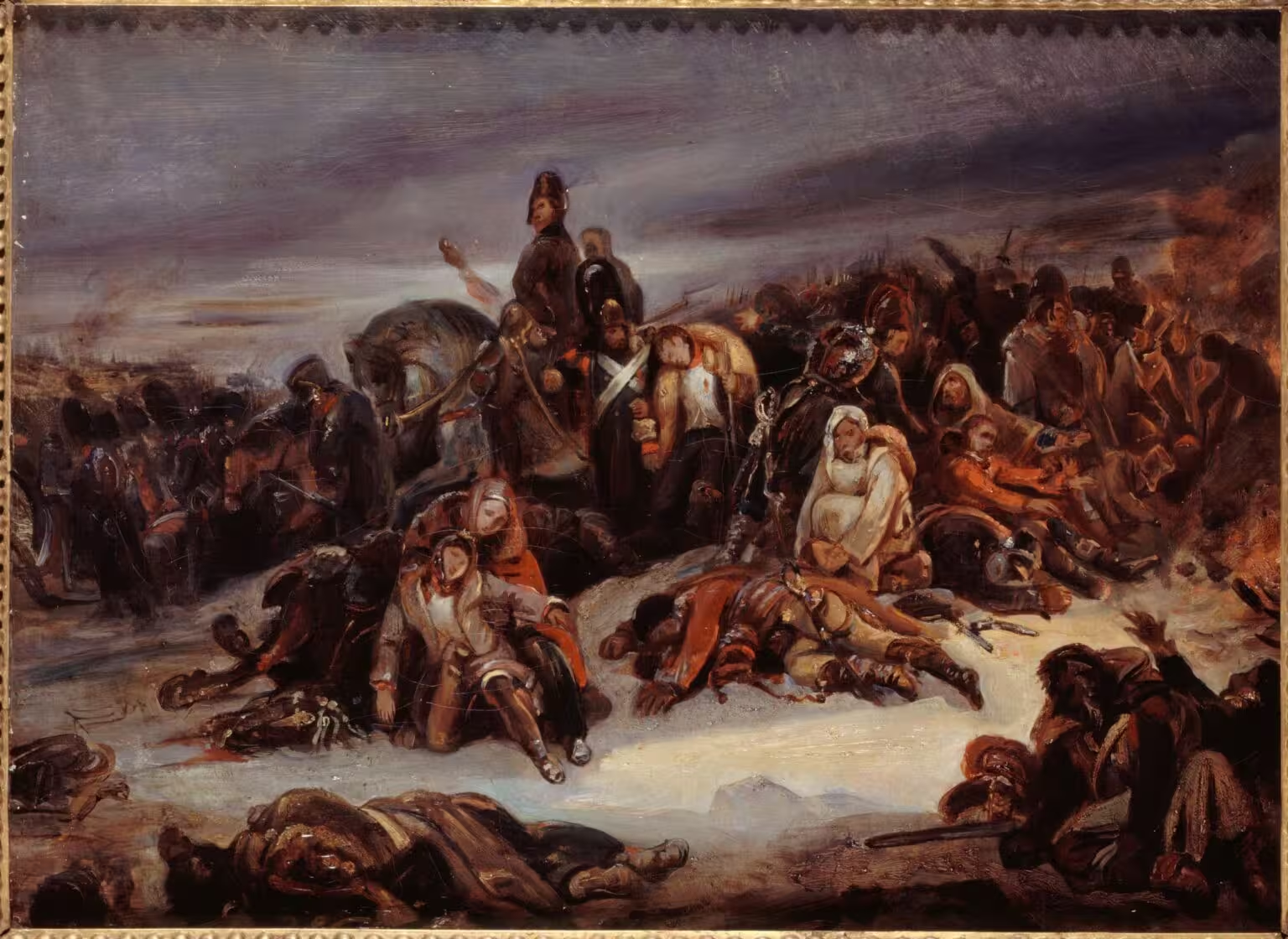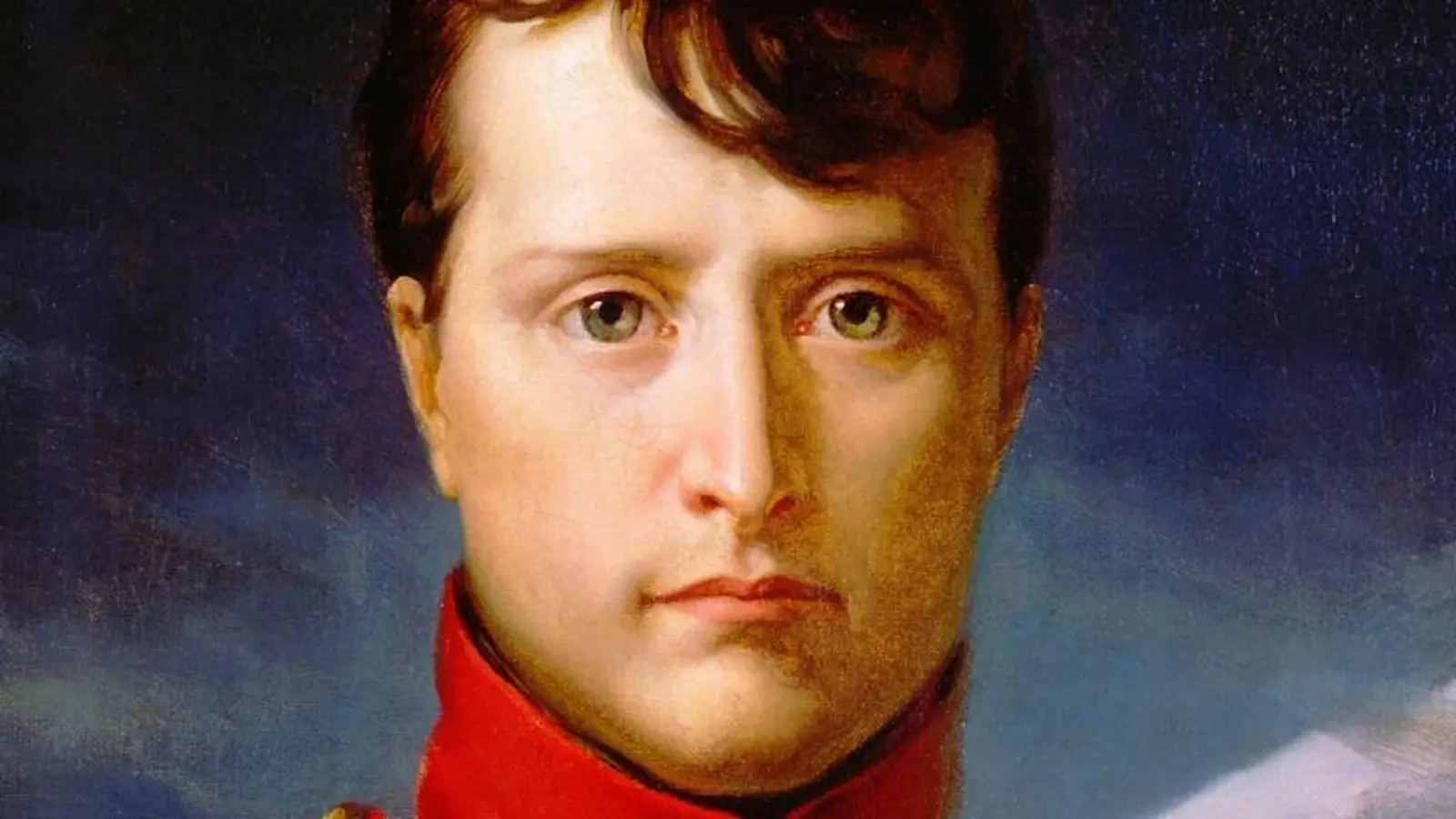3 Minutes
New DNA analyses of teeth recovered from mass graves in Vilnius are rewriting the medical history of Napoleon’s 1812 retreat from Russia. Instead of the typhus often cited in contemporary accounts, researchers found genetic traces of paratyphoid and louse-borne relapsing fever—diseases that likely accelerated the collapse of an already exhausted army.
Ancient genomes tell a different story
In 2001 archaeologists uncovered dozens of corpses in mass graves near Vilnius, Lithuania—remnants of the multinational Grande Armée that retreated from Moscow in late 1812. While physicians of the era recorded fevers, headaches and rashes consistent with typhus, a recent metagenomic study using ancient DNA (aDNA) paints a more complex picture.
Scientists extracted genetic material from the teeth of 13 soldiers and screened the samples for pathogen DNA. The metagenomics approach—sequencing all DNA in a sample and comparing it to databases of known microbes—detected Salmonella enterica linked to paratyphoid fever and Borrelia recurrentis, the bacterium behind louse-borne relapsing fever. Notably, the team did not recover DNA from Rickettsia prowazekii, the classic cause of epidemic typhus.

The Retreat of Napoleon's Army from Russia in 1812. (Ary Scheffer)
Why these infections mattered
Paratyphoid, caused by a subtype of Salmonella enterica, produces high fevers and gastrointestinal distress that can debilitate soldiers already suffering from hunger and cold. Borrelia recurrentis, spread by body lice, triggers recurring fevers and profound weakness. Even if not immediately lethal on their own, these infections would have stripped stamina and morale from troops facing brutal winter conditions.
“Using modern sequencing tools to diagnose infections hidden for two centuries is extremely powerful,” says Nicolás Rascovan of the Institut Pasteur, one of the metagenomics researchers involved. The study—posted to Current Biology—argues the most plausible scenario involves multiple stressors: fatigue, freezing temperatures, starvation and at least two infectious diseases acting together.
The burial context supports a non-combat explanation for many deaths. Several bodies were interred in uniforms and with horses, and a lack of weapons suggests these soldiers died from illness and exposure rather than battlefield wounds.
Limits of the evidence and next steps
Researchers caution that results from 13 samples cannot represent the whole army. Over 3,000 bodies remain in the Vilnius graves, and other investigators note that historical symptoms still match typhus for some victims. Expanding sample sizes and combining genetic evidence with historical records will be key to mapping the full landscape of epidemic disease during the retreat.
Future work could apply deeper metagenomic sequencing and targeted enrichment techniques to recover low-abundance pathogen DNA, while isotopic and paleopathological analyses may clarify nutrition and mobility patterns among the dead. Together these methods will refine our understanding of how infectious disease shaped one of history’s most catastrophic military disasters.
Source: sciencealert


Leave a Comment